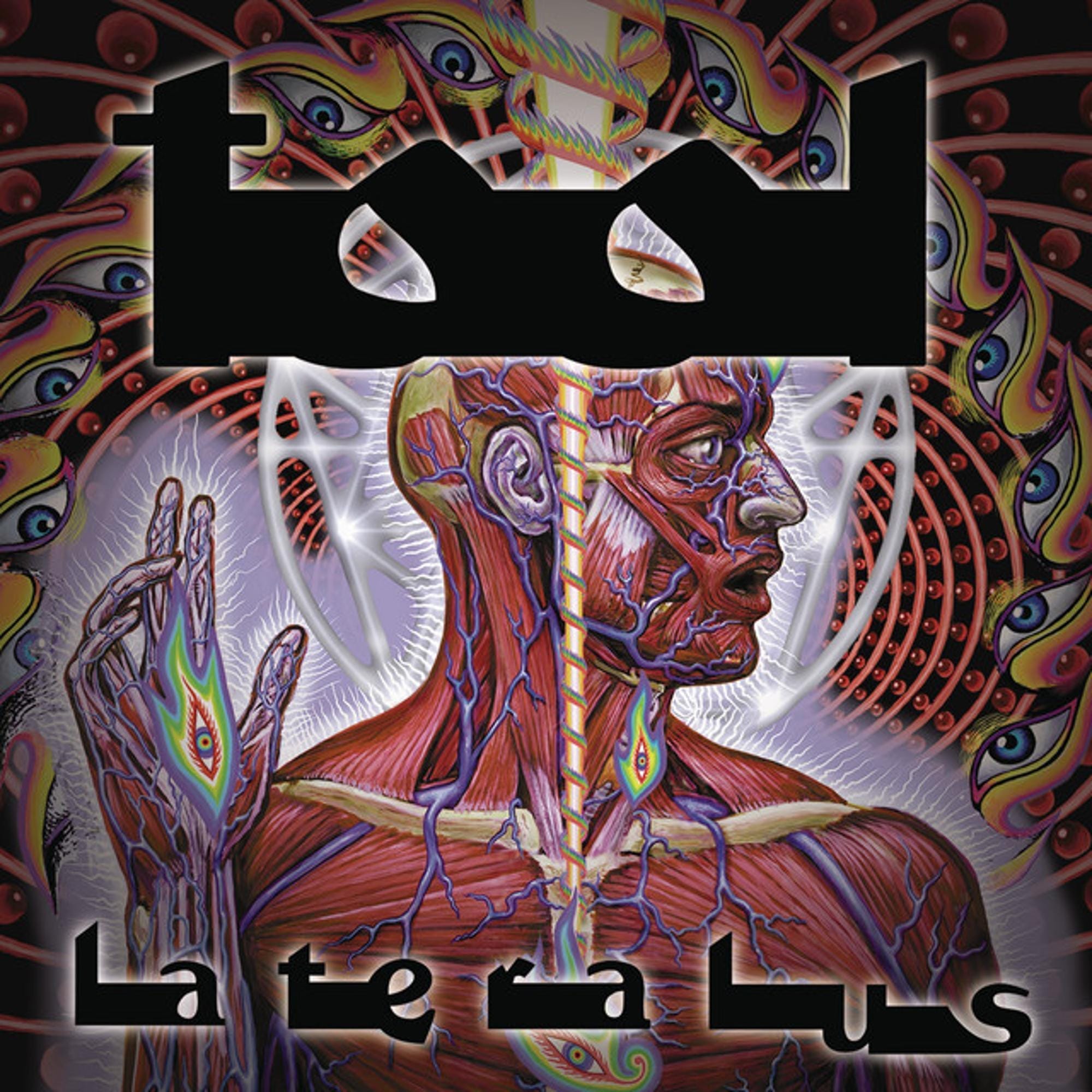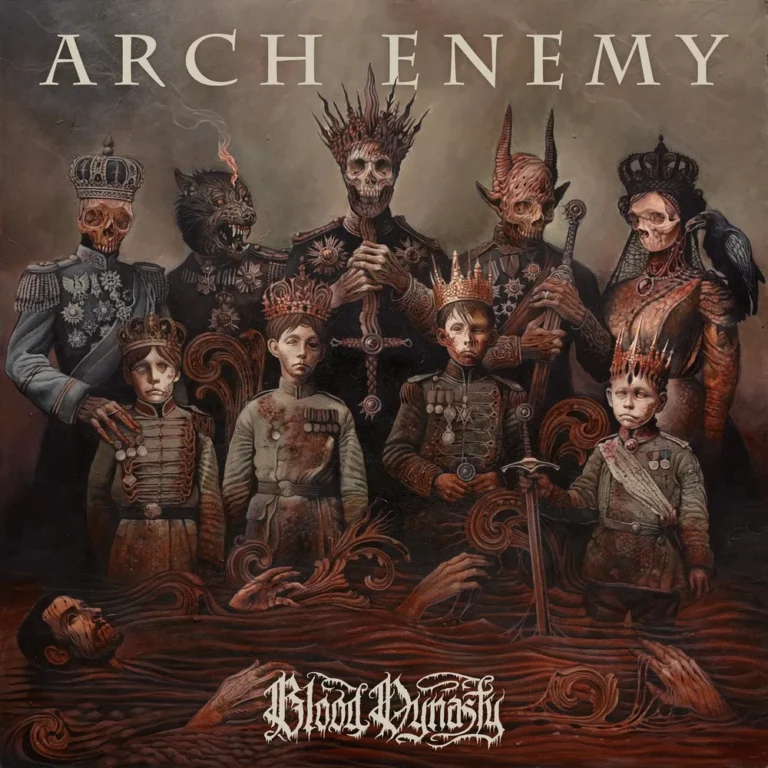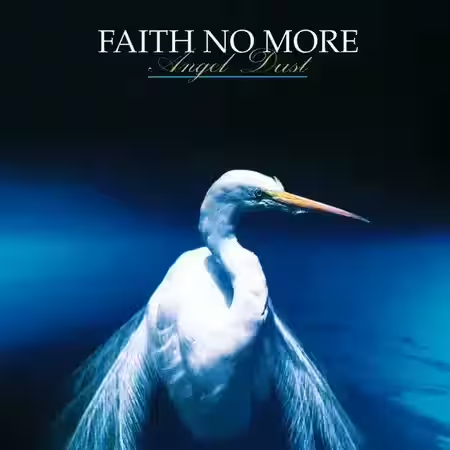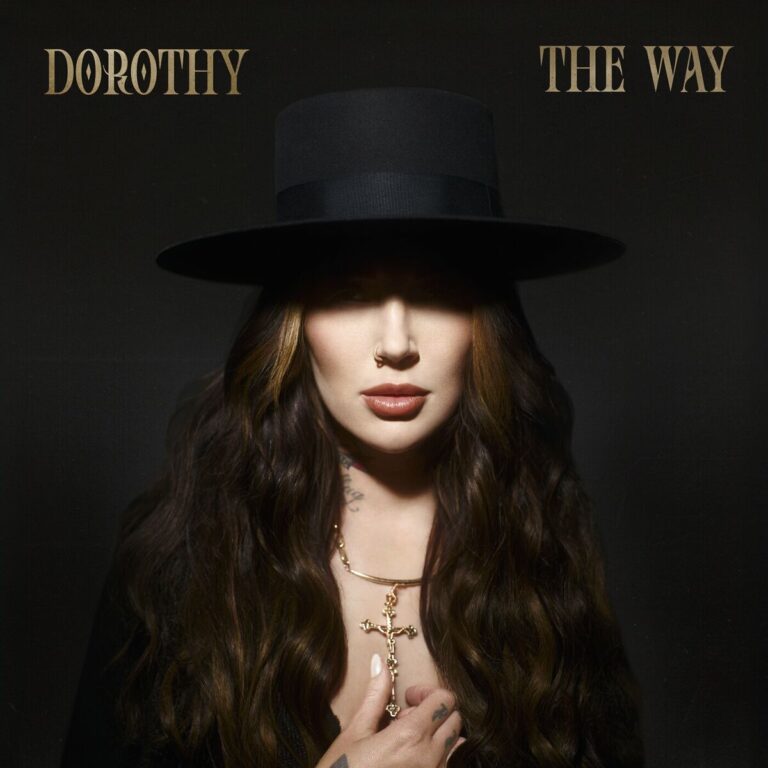
Introduction
Tool’s “Lateralus” is a landmark in progressive metal, showcasing the band’s intricate musicianship and philosophical lyricism. Released on May 15, 2001, the album is celebrated for its complex structures and deep thematic exploration. This article delves into the creation, recording, and lasting impact of “Lateralus”, offering an exhaustive analysis that cements its place in music history.
In the following sections, we will explore the genesis of “Lateralus”, its recording process, commercial performance, and critical reception. We will also examine the album’s influence and legacy, as well as the band’s trajectory post-release.
| Attribute | Details |
|---|---|
| Release date | May 15, 2001 |
| Album title | Lateralus |
| Genre | Progressive metal, Progressive rock, Art rock, Alternative metal |
| Total runtime | 78:51 |
| Number of tracks | 13 |
| Record label | Volcano |
| Recording studio | Cello, The Hook, Big Empty Space, The Lodge (Hollywood) |
| Producer(s) | David Bottrill, Tool |
The album’s impact on the music industry is profound, having been certified triple platinum in the United States and double platinum in both Australia and Canada. Tool’s drummer, Danny Carey, remarked, “We wanted to push boundaries and create something that would challenge both us and our listeners” (Fricke, Rolling Stone). “Lateralus” continues to inspire musicians and fans alike with its blend of technical prowess and philosophical depth.
The Genesis of “Lateralus”
Following a legal battle with their record label, Tool returned with a renewed sense of purpose. The late 1990s saw a shift in the musical landscape, with grunge giving way to nu-metal and other emerging genres. Amidst this evolution, Tool sought to carve out their niche by creating an album that defied conventional categorisation.
Tool’s journey to “Lateralus” was marked by a series of influential releases, including “Ænima” (1996) and “Salival” (2000). These works laid the groundwork for “Lateralus”, both musically and thematically. The band—comprised of Maynard James Keenan (vocals), Adam Jones (guitar), Justin Chancellor (bass), and Danny Carey (drums)—continued to refine their sound, drawing from a diverse array of influences.
Financial backing for the album came from Volcano Entertainment, with a budget reportedly in the millions. The title “Lateralus” is a portmanteau of “lateral thinking” and the leg muscle “vastus lateralis”, reflecting the album’s conceptual ambition. The artwork, designed by Alex Grey, further encapsulates the album’s exploration of human consciousness and spirituality.
| Band Member | Instrument/Role |
|---|---|
| Maynard James Keenan | Vocals |
| Adam Jones | Guitar, Art Director |
| Justin Chancellor | Bass |
| Danny Carey | Drums, Percussion, Samples |
The album’s concept revolves around themes of human experience, growth, and exploration, encapsulated by the Fibonacci sequence—a mathematical representation of life’s natural patterns. This intricate blend of music and philosophy would become a defining characteristic of Tool’s artistry.
Recording Process
The recording of “Lateralus” was an intensive process that spanned several months, from October 2000 to January 2001. The sessions took place across various renowned studios in Hollywood, each contributing to the album’s unique sonic landscape.
Cello Studios, known for its exceptional acoustic quality, played a pivotal role in capturing the band’s sound. Equipped with a customized 80-input SSL 9000J console and classic Neve consoles, the studio provided the perfect environment for Tool’s ambitious project. The team included David Bottrill, a seasoned producer known for his work with Peter Gabriel and King Crimson, and engineer Vince DeFranco, who ensured the album’s technical precision.
The recording sessions were not without challenges. The band experimented with unconventional techniques, such as sampling Danny Carey’s breathing for “Parabol” and incorporating radio transmissions in “Faaip De Oiad”. These creative choices required meticulous attention to detail and a willingness to push the boundaries of traditional recording practices.
| Equipment | Details |
|---|---|
| Microphones | Shure SM57, Sennheiser 421 |
| Consoles | SSL 9000J, Neve 8078 |
| Amplifiers | Marshall Super Bass, Diezel VH4 |
| Guitars | Gibson Les Paul Custom Silverburst |
The recording of “Lateralus” marked the culmination of Tool’s collaborative efforts, blending their individual talents into a cohesive and groundbreaking album. Bottrill’s role as producer was instrumental, as he had previously worked on “Ænima” and brought a wealth of experience to the project.
Other albums produced by David Bottrill include:
| Producer | Artist | Album | Year |
|---|---|---|---|
| David Bottrill | Peter Gabriel | Us | 1992 |
| David Bottrill | Muse | Origin of Symmetry | 2001 |
| David Bottrill | Silverchair | Diorama | 2002 |
Commercial Performance and Reception
“Lateralus” was a commercial triumph, debuting at number one on the Billboard 200 with over 555,000 copies sold in its first week. Its success was not confined to the United States; the album also charted highly in countries such as Canada and Australia, reflecting its global appeal.
The album’s critical acclaim was matched by its impressive sales figures, with over 3.47 million copies sold worldwide. It received multiple certifications, including triple platinum status in the US and double platinum in both Australia and Canada. Tool’s innovative approach resonated with audiences, securing their position as leaders in the progressive metal genre.
Other albums released in 2001 included:
- Toxicity by System of a Down [12 million]
- Blackwater Park by Opeth [250,000]
- Origin of Symmetry by Muse [1.2 million]
Despite the competitive landscape, “Lateralus” stood out for its artistic ambition and technical prowess. The album’s accolades include a Grammy Award for Best Metal Performance for “Schism” and numerous year-end list placements.
| Album Title | Sales | Year Released |
|---|---|---|
| Lateralus | 3,470,000 | 2001 |
| Aenima | 3,385,000 | 1996 |
| Undertow | 3,237,500 | 1993 |
Singles and Track Analysis
The singles from “Lateralus” were pivotal in solidifying Tool’s presence in the mainstream music scene. “Schism”, released on January 15, 2001, became a defining track for the band, earning them a Grammy Award for Best Metal Performance. Subsequent singles “Parabola” and “Lateralus” further showcased the band’s intricate songwriting and thematic depth.
The album’s tracklist is a journey through complex rhythms and philosophical themes. Each song contributes to the overarching narrative of exploration and self-discovery, with the title track “Lateralus” incorporating the Fibonacci sequence into its structure.
| Track Name | Length | Writing Credit |
|---|---|---|
| The Grudge | 8:36 | Tool |
| Eon Blue Apocalypse | 1:04 | Tool |
| The Patient | 7:13 | Tool |
| Mantra | 1:12 | Tool |
| Schism* | 6:47 | Tool |
| Parabol | 3:04 | Tool |
| Parabola* | 6:03 | Tool |
| Ticks & Leeches | 8:10 | Tool |
| Lateralus* | 9:24 | Tool |
| Disposition | 4:46 | Tool |
| Reflection | 11:07 | Tool |
| Triad | 8:46 | Tool |
| Faaip De Oiad | 2:39 | Tool |
Note: Tracks marked with * were released as singles. “Schism” reached #67 on the Billboard Hot 100, while “Parabola” and “Lateralus” did not chart.
Influences and Legacy
“Lateralus” stands as a testament to Tool’s ability to transcend genre boundaries, drawing from a diverse range of influences. The album’s sound is rooted in progressive rock and metal, with nods to bands like King Crimson and Pink Floyd. Tool’s exploration of philosophical themes and complex time signatures has inspired countless artists across various genres.
| Influences on “Lateralus” | Artists Influenced by “Lateralus” |
|---|---|
| King Crimson | Mastodon |
| Pink Floyd | Opeth |
| Rush | Porcupine Tree |
The year 2001 was marked by significant global events, including the inauguration of George W. Bush, the tragic September 11 attacks, and the introduction of the first iPod by Apple. In the cultural realm, films like “Harry Potter and the Philosopher’s Stone” and “The Lord of the Rings: The Fellowship of the Ring” captivated audiences worldwide, reflecting a year of profound change and innovation.
Five Things about Lateralus
Tool’s “Lateralus” is rich with fascinating details that highlight its unique place in music history. Here are five verified facts about the album:
| Fact | Details |
|---|---|
| Fibonacci Sequence | The title track “Lateralus” uses the Fibonacci sequence in its lyrical and musical structure. |
| Artwork by Alex Grey | The album’s cover art, designed by Alex Grey, features layers of the human body, reflecting the album’s exploration of consciousness. |
| Translucent Insert | The physical album includes a translucent insert that reveals hidden layers of the artwork. |
| Legal Battle | The album’s release followed a lengthy legal dispute with Tool’s label, Volcano Entertainment. |
| Limited Edition Vinyl | A limited edition vinyl version was released in 2005, featuring a holographic gatefold package. |
Media and Television Usage
Despite the album’s widespread acclaim, no songs from “Lateralus” have been featured in media according to available data.
Critical Reviews and Retrospectives
“Lateralus” received widespread acclaim from critics, praised for its ambitious scope and technical mastery. The album’s intricate compositions and philosophical themes have been lauded as groundbreaking, cementing its status as a seminal work in progressive metal.
| Publication | Review Score | Notable Quotes | Link |
|---|---|---|---|
| Kerrang! | 5/5 | “One of the greatest albums you’ll hear this lifetime.” | Read More |
| Pitchfork | 4.7/10 | “Tool defines ‘opus’ as taking their ‘defining element’ and stretching it out.” | Read More |
| Stereogum | N/A | “A complex yet rewarding album, emphasizing the importance of patience.” | Read More |
After Lateralus
Following the release of “Lateralus”, Tool continued to build on their success with subsequent albums like “10,000 Days” (2006) and “Fear Inoculum” (2019). The band’s popularity soared, with sold-out tours and a dedicated fanbase that eagerly anticipated each new release.
Despite their success, Tool has maintained a relatively stable lineup, with no significant changes since the addition of bassist Justin Chancellor in 1995. The band’s commitment to their artistic vision and refusal to conform to industry pressures has solidified their reputation as pioneers in the progressive metal genre.
As of October 2023, Tool remains active, with plans for new material and continued touring. Their influence on the music industry is undeniable, inspiring countless artists and fans with their innovative approach to music and art.
Remasters and Reissues
The enduring popularity of “Lateralus” has led to several reissues and remasters, allowing new generations of listeners to experience the album’s brilliance. The vinyl edition, released in 2005, is particularly sought after by collectors for its holographic gatefold design.
| Edition | Format | Release Date |
|---|---|---|
| Original Release | CD | May 15, 2001 |
| Limited Edition | Vinyl | August 26, 2005 |
Conclusion
“Lateralus” remains a cornerstone of progressive metal, celebrated for its innovative approach and philosophical depth. Its lasting impact on music and culture is a testament to Tool’s artistic vision and commitment to pushing boundaries. As Maynard James Keenan once reflected, “The goal is to keep evolving, to keep spiraling out, and to never stop exploring.”
For further reading, visit the Wikipedia page for “Lateralus”, Tool’s official website, and the Volcano Entertainment website.
Let us know in the comments what your thoughts are on Lateralus by Tool. Did we miss anything? Share your experiences and join the conversation!




